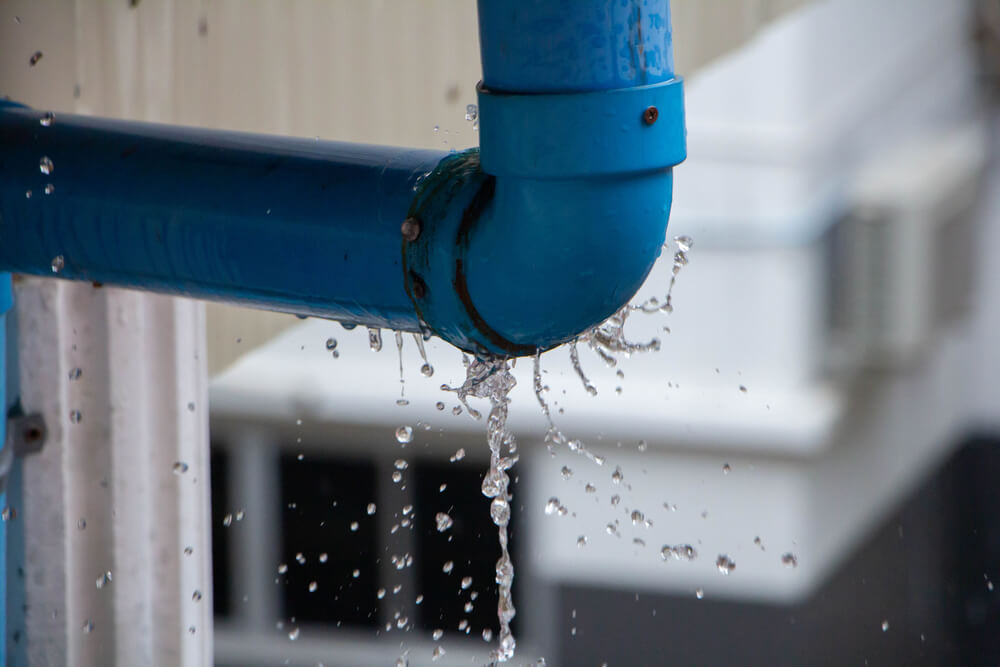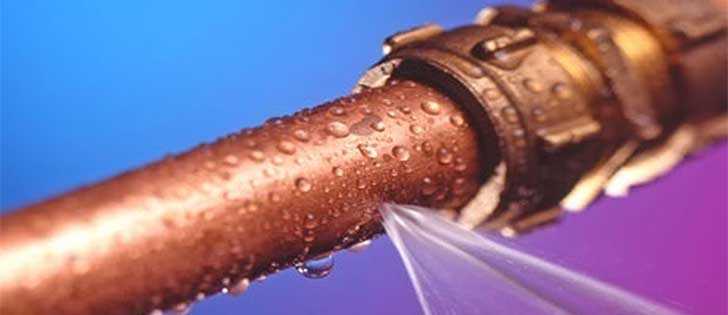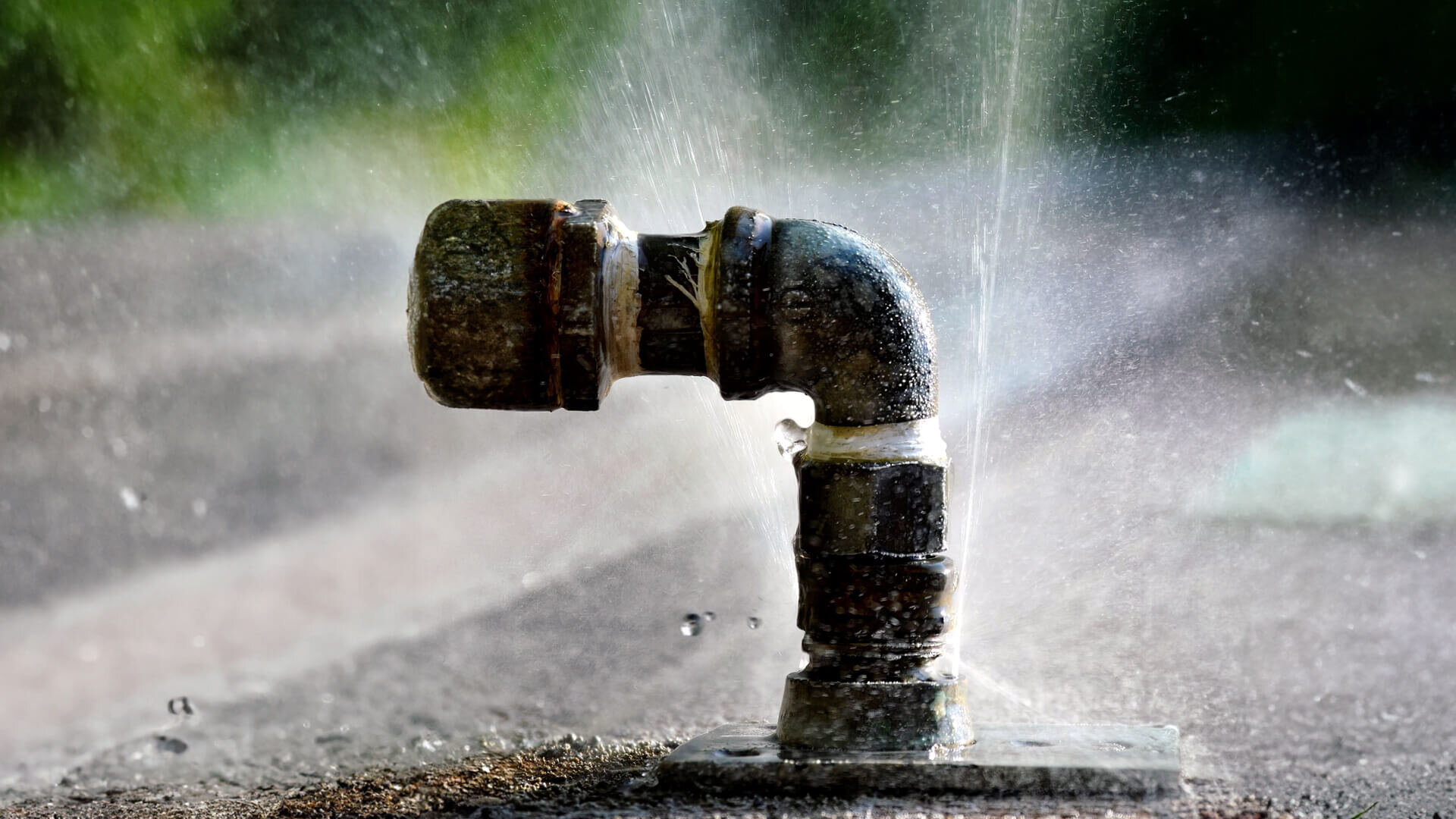What to Do When a Burst Pipe Causes Water Damage in Your Home
What to Do When a Pipe Bursts: Immediate Steps for Property Owners
A pipe ruptured can be a homeowner's worst nightmare, resulting in significant damages if not dealt with quickly. The prompt reaction is important: first, find the resource of the leak and closed off the primary water shutoff to protect against additional flooding. Following this, draining the pipelines becomes essential to reduce extra concerns.

Examine the Situation
Begin by determining the resource of the leak; this might include checking the area around the burst pipe for visible signs of water retreat. If the burst happened in a hidden space, such as within a wall surface or under a floor, look for water discolorations or pooling that may suggest the area.
Following, assess the surrounding environment for dangers. Check for electric wires that may be revealed to water, as this poses a significant threat of electrocution. In addition, take note of any type of important products or furniture that may be at risk of water damages. Recognizing the scale of the situation will assist you prioritize your next activities successfully.
Documenting the damage with pictures can also be useful, particularly for insurance policy cases. Time is of the significance, as standing water can lead to mold and mildew development and more architectural damage. By extensively assessing the circumstance, you will be better prepared to take the essential actions to reduce more problems developing from the burst pipe.
Shut Off the Water
The instant top priority after recognizing a ruptured pipeline is to shut down the supply of water to stop further flooding and damages. Find the main shut-off valve, commonly found near the water meter, in the cellar, or on an outside wall surface. Transforming this valve clockwise will certainly stop the flow of water throughout your home, reducing the threat of considerable water damages.
If you are not able to discover the main shut-off shutoff or if it is malfunctioning, you may need to turn off private valves attached to the affected pipeline, if obtainable. Some homes also have secondary shutoffs for particular appliances, such as cleaning machines or dishwashers.
It's suggested to familiarize yourself with the area of these valves before an emergency situation happens, as this expertise can conserve valuable time throughout a situation. In case the main valve is stuck or hard to transform, do not compel it; instead, consider looking for specialist help.
Once the water supply is turned off, take a minute to evaluate the circumstance additionally while planning for the next steps, making sure that your home is as safe as feasible from added water invasion.
Drain Pipes the Pipelines
After closing off the water system, it is necessary to drain pipes the pipelines to lessen any kind of continuing to be water that might result in extra damages. Begin by opening all faucets in the home, beginning with the highest degree to the cheapest. This procedure urges the water to drain completely, allowing gravity to aid in getting rid of residual water from the pipes.

Be mindful when draining warm water, as it can cause burns. Permit the water to leave up until the circulation stops. Utilize towels or a damp vacuum to soak it up if you see any type of staying water merging. Effectively draining pipes the pipelines is essential to stop additional difficulties and helps secure your home from additional water damages during this difficult scenario.
Call an Expert
In the wake of a ruptured pipeline, contacting a professional plumbing is vital to make sure a comprehensive assessment and reliable repair work. Attempting to deal with the circumstance without professional support can bring about additional damage and complications. A licensed plumbing possesses the competence and specialized tools required to identify the origin of the leak and address it efficiently.
When choosing a plumbing technician, prioritize those with a solid track record and relevant experience in emergency pipes services. Examining on-line reviews, obtaining you can try this out references, and validating credentials can help you make an educated option. It is recommended to contact multiple professionals to compare feedback times, approximated costs, and solution offerings.
When you have engaged a plumbing professional, supply them with as much details as possible regarding the case, consisting of the place of the burst pipe and the steps you have already taken. This information will aid them in detecting the issue quickly and accurately.
Paper the Damages
Once a plumber has been called and the immediate concerns dealt with, it is essential to document the damages caused by the ruptured pipe. This step is essential for both insurance cases and prospective repairs. Begin by taking clear pictures of the affected areas, concentrating on visible damages to wall surfaces, floor covering, and furnishings. Make sure that pictures record different angles and ranges to give a comprehensive sight of the scenario.
Following, compile a comprehensive checklist of harmed things, including their approximate value and any appropriate purchase info. look at here now This supply needs to include long-term components, personal valuables, and any kind of structural damage observed. Include the approximated price of fixings based on expert evaluations or previous quotes for similar work. if feasible.
In addition to written and aesthetic paperwork, keep documents of any type of communications with your plumbing technician and insurance policy company. This information will support your case and facilitate a smoother procedure for repair work. Be precise in your documentation initiatives, as extensive records can significantly influence your capacity to get payment and speed up restoration initiatives. By taking these steps, you will certainly be much better prepared to browse the after-effects of the occurrence - burst pipe.

Final Thought
In recap, a ruptured pipe necessitates timely activity to mitigate damage properly. Immediate evaluation of the scenario, followed by turning off the primary water supply, is important. Draining pipes the pipelines and recording the damage ensures appropriate handling of the event for insurance coverage objectives. Involving a certified plumbing professional for a thorough assessment and repairs is critical to restore the plumbing system's integrity. Abiding by these steps will facilitate a more efficient recovery process and minimize prospective losses.
The immediate concern after recognizing a burst pipeline is to shut off the water supply to prevent further flooding and damage. Turning this shutoff clockwise will stop the circulation of water throughout your home, alleviating the risk of considerable water damages.
After shutting off the water supply, it is important his comment is here to drain the pipes to minimize any type of continuing to be water that could lead to extra damage. For homes with a hot water heater, you must also drain pipes the container by connecting a hose pipe to the drainpipe valve and directing the water into an appropriate container or outside.
Appropriately draining the pipes is important to preventing further problems and assists protect your home from additional water damage during this demanding situation.